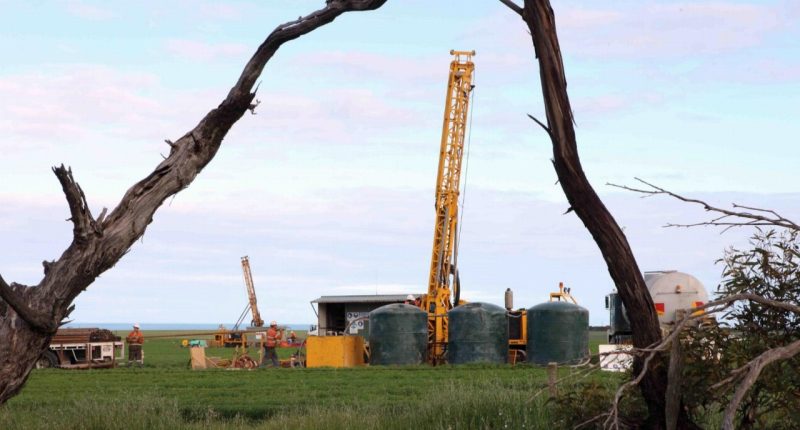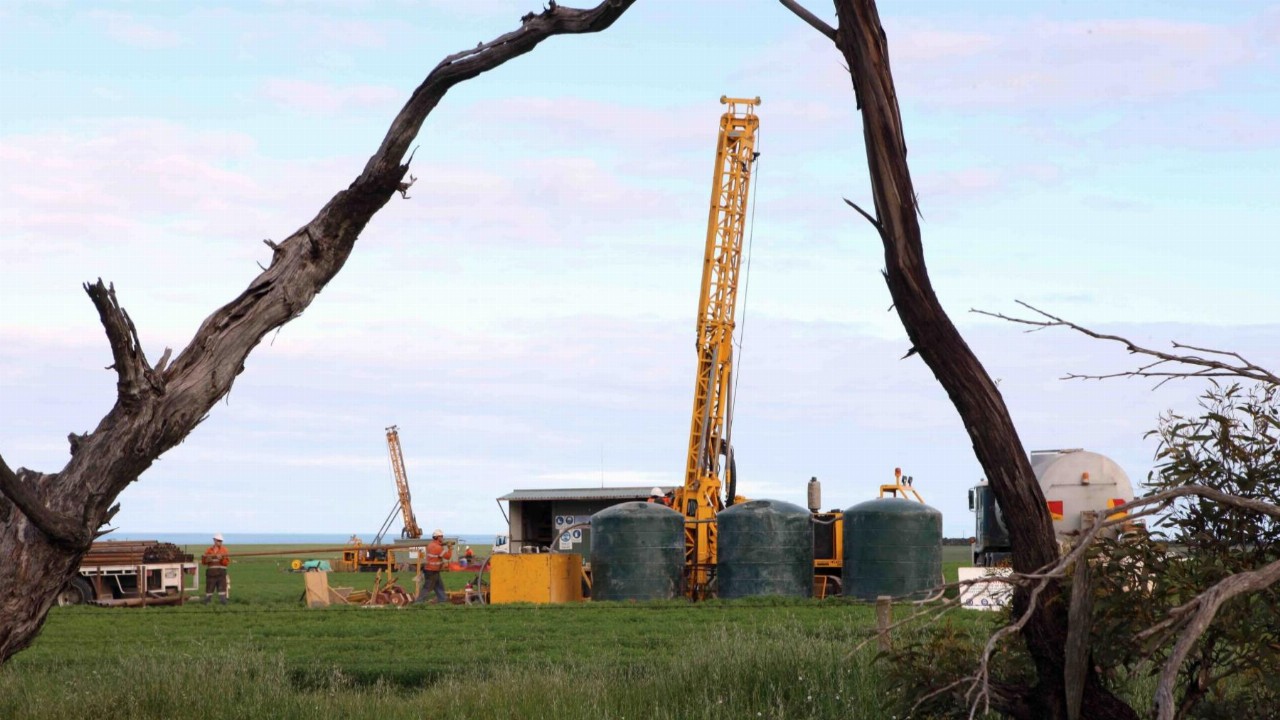- Deemed the “new oil” by Goldman Sachs and a critical element in the renewable energy industry, the next decade could prove to be critical for copper
- Copper has found its latest resurgence in the electric vehicle, which require three and a half times more copper than an internal combustion car
- Renewable energies such as wind, solar and hydro are also understood to require significantly more copper than their fossil fuel counterparts
- Goldman Sachs research has indicated a lack of new copper projects could be tightening the market, potentially leaving demand and supply at odds
- ASX-listed copper players therefore believe this could create openings for them in the medium-term
Deemed the “new oil” by Goldman Sachs and a critical element in the burgeoning electric vehicle and renewable energy industry, the next decade could prove to be a pivotal era in the copper story.
Known by many as the humble red element, copper’s ductile properties have made it a reliable metal since its emergence during the bronze age.
Some 4000 years later and our reliance on copper remains, but its uses are finding a new purpose in electric vehicle manufacturing and in the harnessing of renewable energy.
Speculation surrounding a potential growing need for the element and its place in what is aimed at becoming a greener, post-pandemic future, spurred 10-year highs for the commodity’s price in May.
Now, all bets are well and truly on in terms of what the next few years might spell for the commodity and how a success story could play out.
Electric vehicle push
Familiar commodities have taken on new interpretations as the promise of electric vehicles shifts to a potentially viable mode of transport in our lifetime.
Even before this transition, transportation, telecommunication and arrays of manufacturing industries have relied implicitly on copper for its malleable, ductile and conductivity properties.
Copper is used in almost all components of electrical vehicles from electrical wiring through to the motor and accompanying charging stations.
According to energy chemicals and resources consultancy Wood Mackenzie, electric vehicles can use up to three and a half times as much copper as an internal combustion engine car.
WoodMac estimates the average hybrid vehicle requires 40 kilograms of copper, plug-in varieties 55 kilograms, battery electric vehicles 80 kilograms and battery-electric buses 253 kilograms.
In addition, there are limited alternatives to copper that bear the same conductivity and heat resistant properties necessary for EVs.
Bets on this projected demand have all been accelerated by pushes from governments to impose zero-emission targets on vehicle manufacturers and pulled by the likes of cultural-corporate heavyweight, Tesla.
Earlier this August, US President Biden proposed an executive order to make half of all vehicles sales in 2030 electric.
While an intriguing prospect, it may take a while for this projected demand and peak electrical vehicle production to crystalise into reality.
A 2021 Deloitte Global Automotive Consumer report found consumers were still gun shy when it came to committing to these relatively unexplored and typically more expensive purchases — even more so after the peak of COVID-19 last year.
Some 70 per cent of Australians indicated they would buy petrol or diesel for their next vehicle, sitting just below 74 per cent for America and above 68 per cent for India.
Copper in the energy sector
The rise of renewable energy is also playing a prominent factor in copper market speculation.
Fossil fuels have not taken a backseat entirely, but there is heavy speculation regarding just how much of our reliance on these fuels might be replaced by more renewable sources.
Solar, wind, tidal, hydro, biomass and geothermal are all competing for a stake in the market, and nearly all would require significantly more copper than their fossil fuel counterparts.
Major energy storage projects are also key contributors, which is forecasted to grow between 30 and 40 per cent annually according to the International Copper Association.
The same report affirmed energy industries rely on copper for its “exceptional conductive properties” to improve efficiency.
PV Solar systems reportedly contain some 5.5 tonnes per megawatt of copper, grid energy storage installations require between 3 to 4 tonnes per megawatt, with one single wind farm containing between 4 million and 15 million pounds of copper.
The significant volumes are assumed due to the large surface area of land-based wind farms, which can be even higher in offshore developments that require increased copper cabling to connect farms to mainland grids.
Copper outlook
Despite posing some encouraging indicators for the future, copper exploration lags behind projected demand as exploration fizzled out over the peak COVID-19 period in 2020.
According to Goldman Sachs Research, there was no single new major copper project approved over the last 12 to 18 months.
This in turn has fuelled a general consensus that there have been no significant copper discoveries in recent years and has left supply at odds with forecasted demand.
This is not due to a shortage of copper in the earth’s crust — it’s estimated there is approximately one kilogram of copper per 15 to 20 tonnes of crustal rock — but the majority of it cannot be extracted with current technologies.
Typically copper deposits are required to be situated close to the surface and contain at least 0.3 per cent to 0.5 per cent copper to be considered a potentially profitable exercise.
In the shorter term, and in its coining of copper becoming “the new oil”, Goldman Sachs Research indicated increased demand had tightened the copper market, which could create a significant long-term supply gap.
In short, larger numbers of projects are likely to be required to sustain the forecasted green copper demand.
ASX-listed copper players
Raiden Resources (RDN)
Raiden Resources has secured itself as one of the largest landholders of exploration ground in the Western Tethyan in Serbia and Bulgaria. With modern exploration having only commenced in the last 15 years, the region is in the early stages of the discovery process.
Most of these projects are still in the exploration stage, however RDN’s location in the re-emerging Western Tethyan gold and copper belt — ranked as one of the top metal endowed belts globally — is what Raiden believes makes it one to watch.
Rex Minerals (RXM)
Rex Minerals discovered copper-gold at its Hillside Project roughly 13 years ago and is now believed to be one of the largest undeveloped open-pit copper projects in Australia.
The company received Environmental Protection and Rehabilitation approval for the project in 2020, ticking off a comprehensive step and a key requirement for the project’s future.
QMines (QML)
QMines believes it is well-positioned to become Australia’s first zero-carbon copper and gold developer within the next two years, which could prove to be auspicious timing in the commodity’s timeline.
This relatively new ASX-lister touts a JORC inferred resource of 3.9 million tonnes at 1.15 per cent copper, 0.81 grams of gold per tonne and 8.4g/t silver at its Mt Chalmers flagship, which it is looking to build on during its current drill campaign.
R3D Resources (R3D)
Recent re-lister R3D Resources has re-entered the market with a new addition to its copper-gold exploration portfolio in the Chillagoe Region in North Queensland and a Tartana Resources acquisition under its belt.
The company has already shipped five 22,000 tonne shipments of Zeehan low-grade furnace slag/matte for export to South Korea with more set to come.
All of these ASX-listed players are betting on the critical element, believing its use in the electric vehicle and renewable energy industries will prove profitable in the long-term as demand rises.








